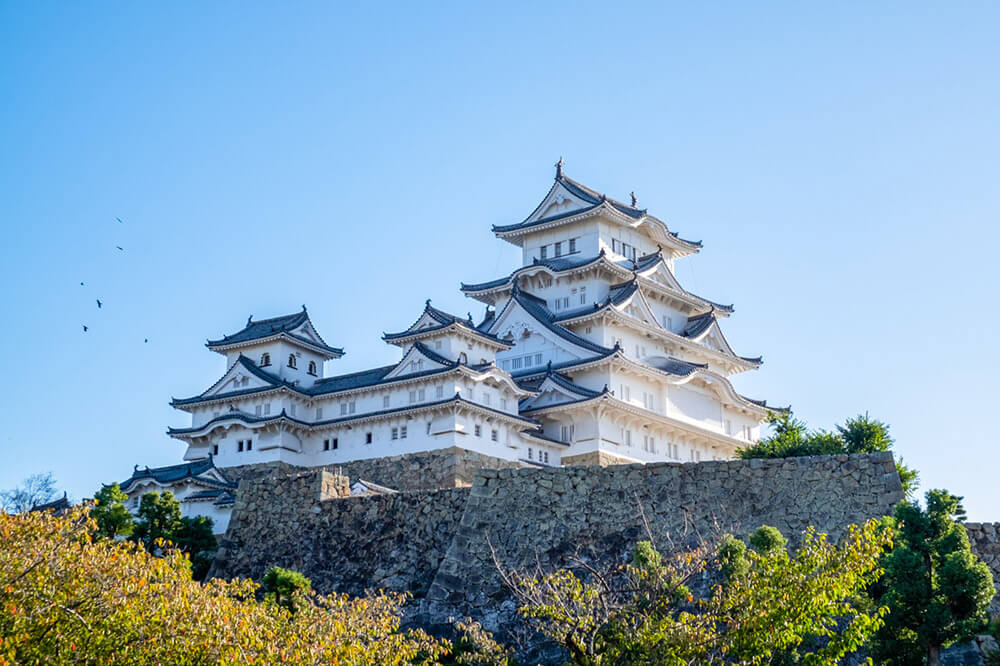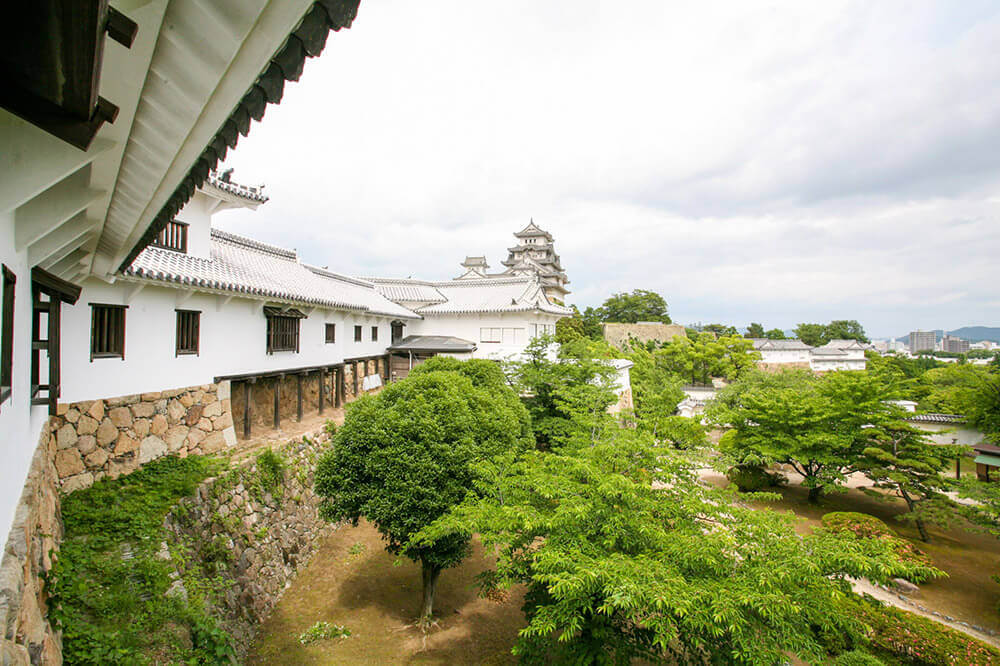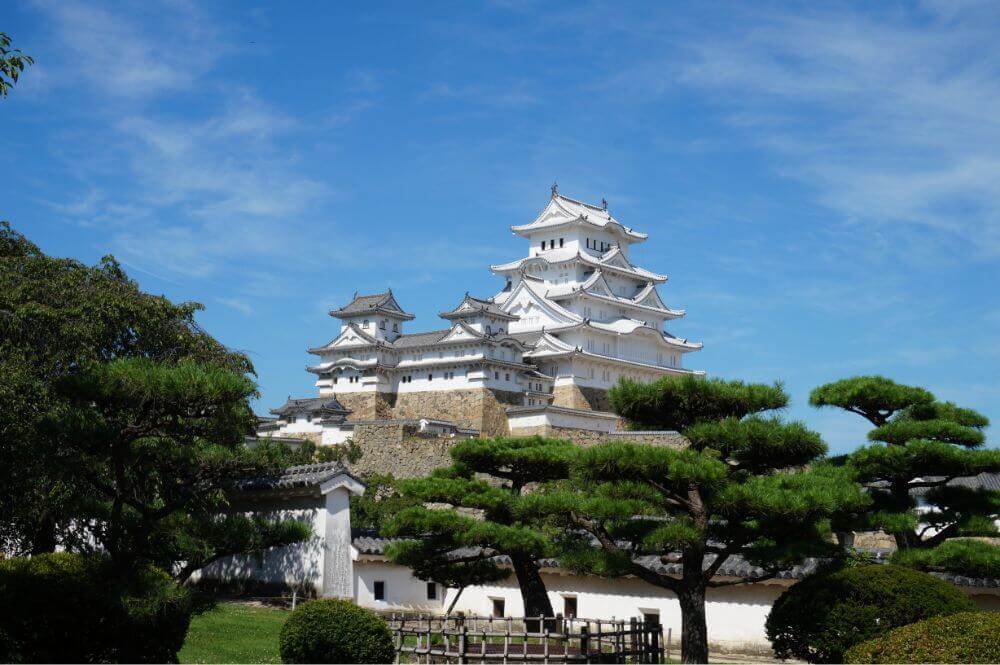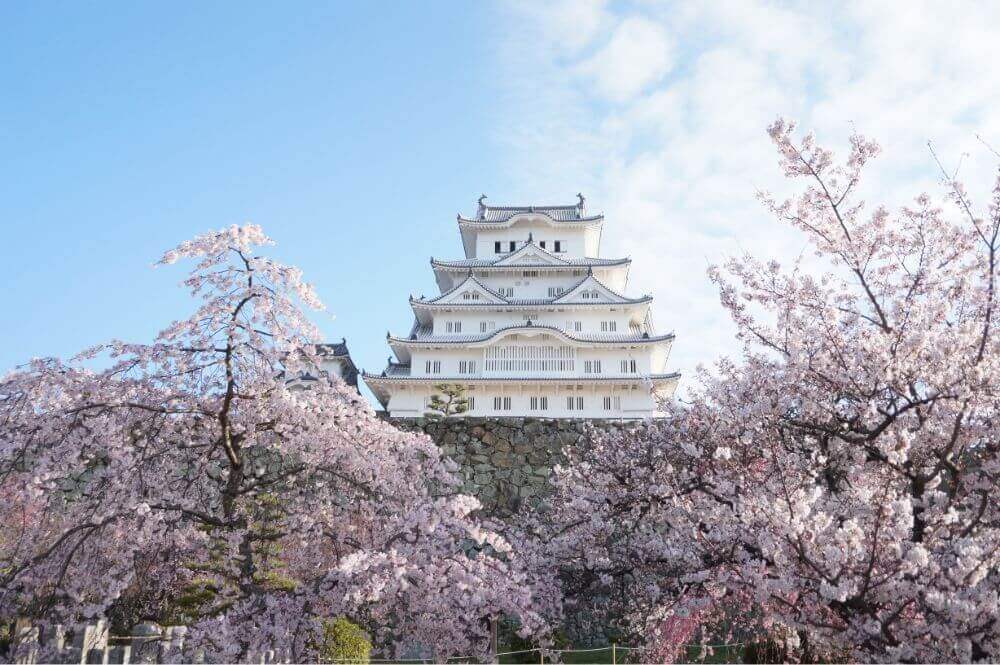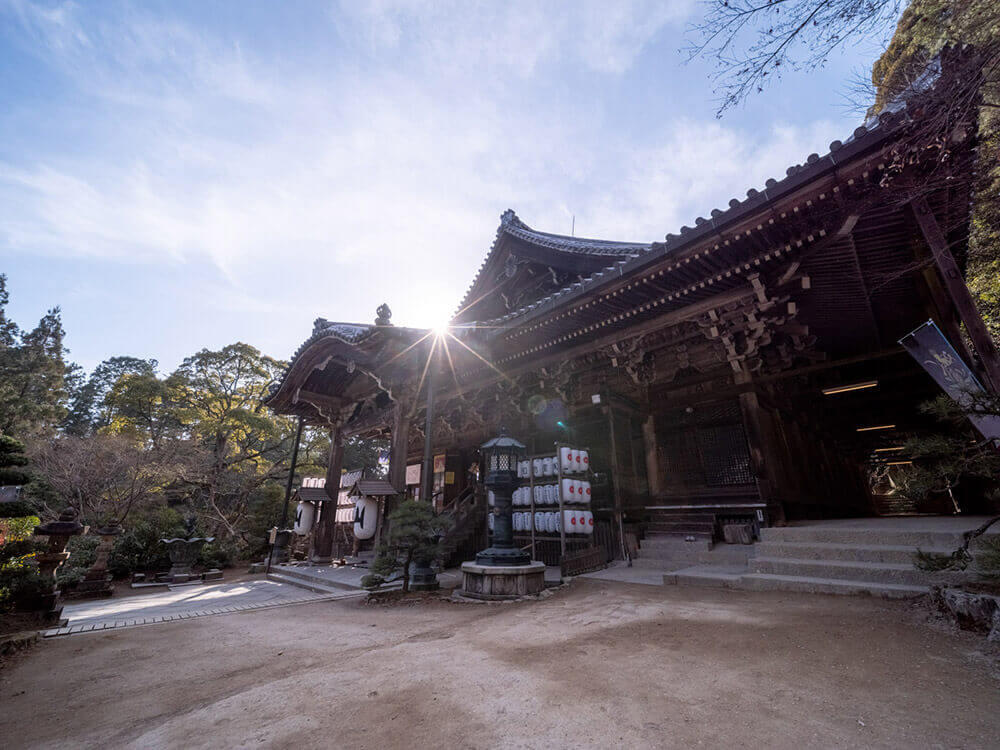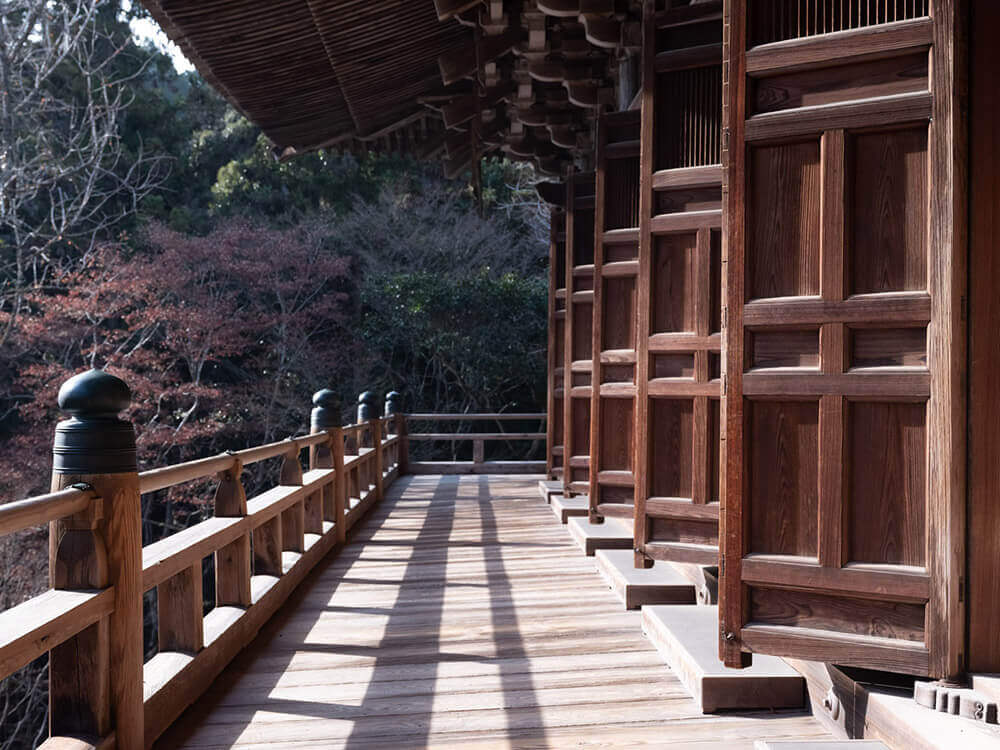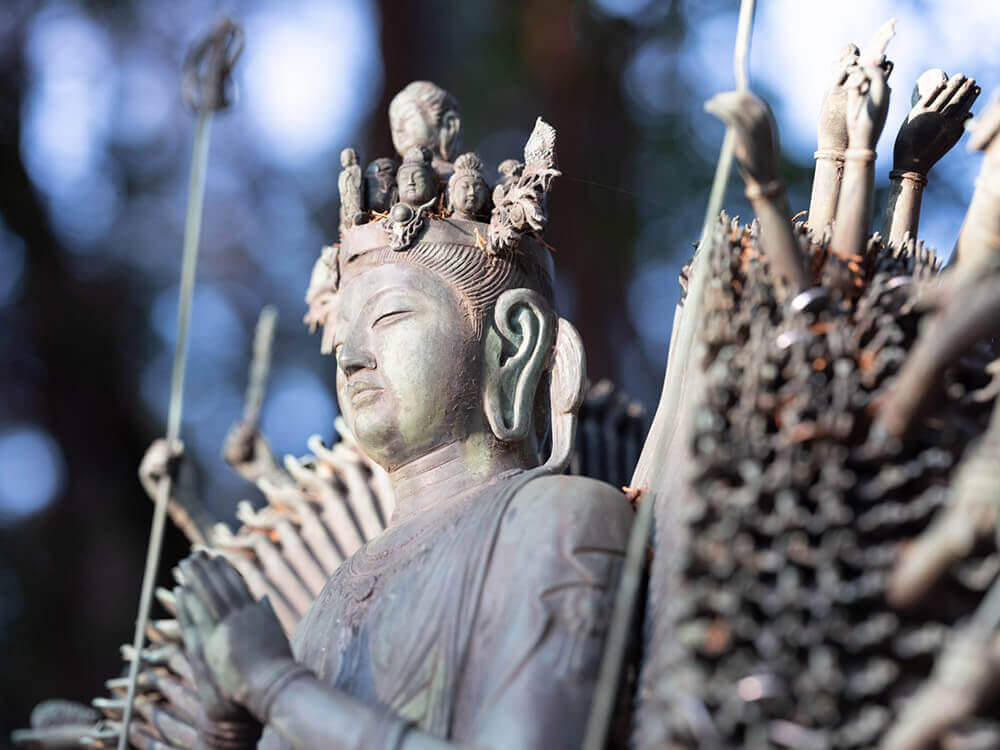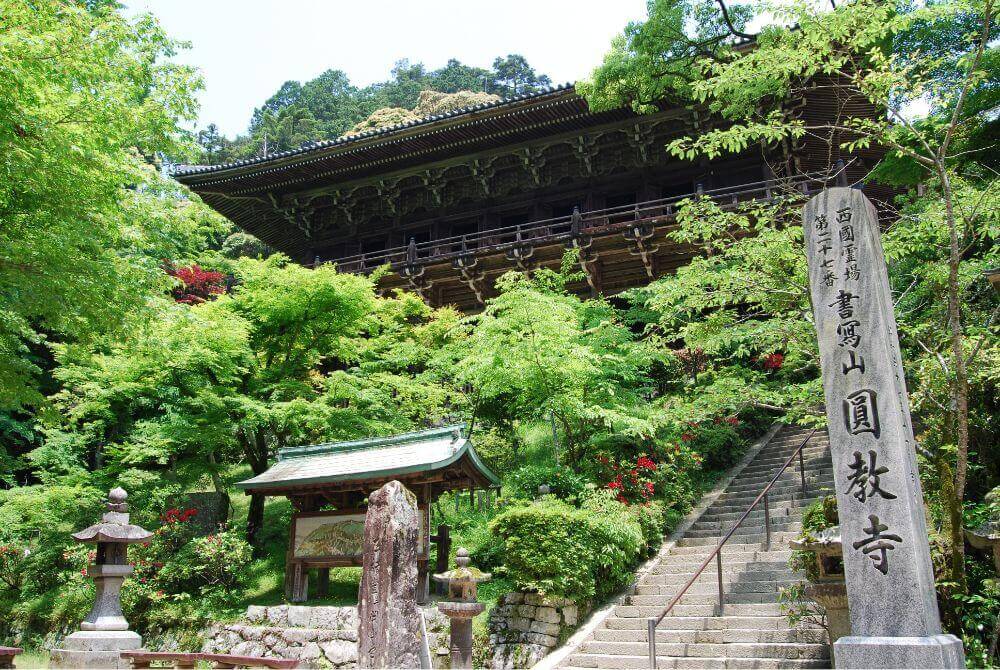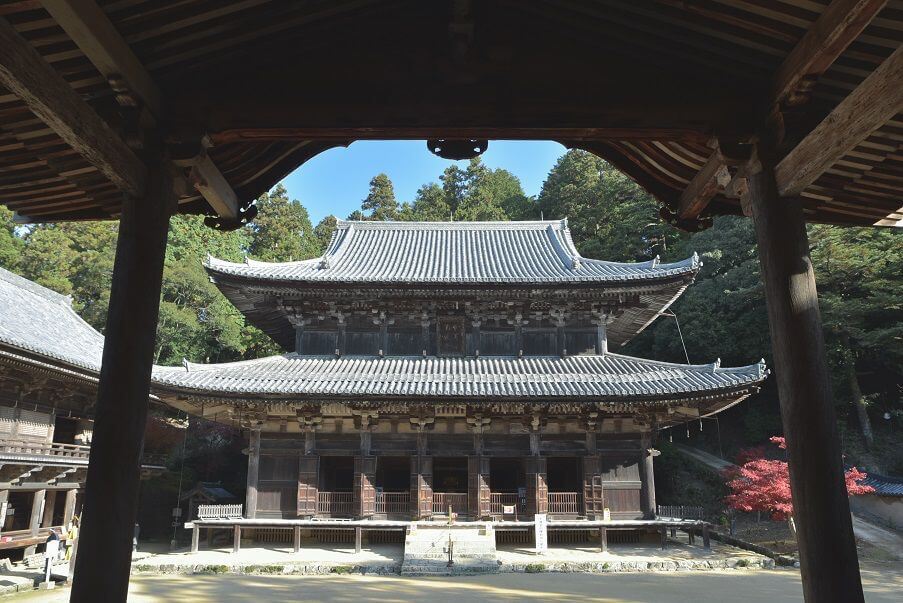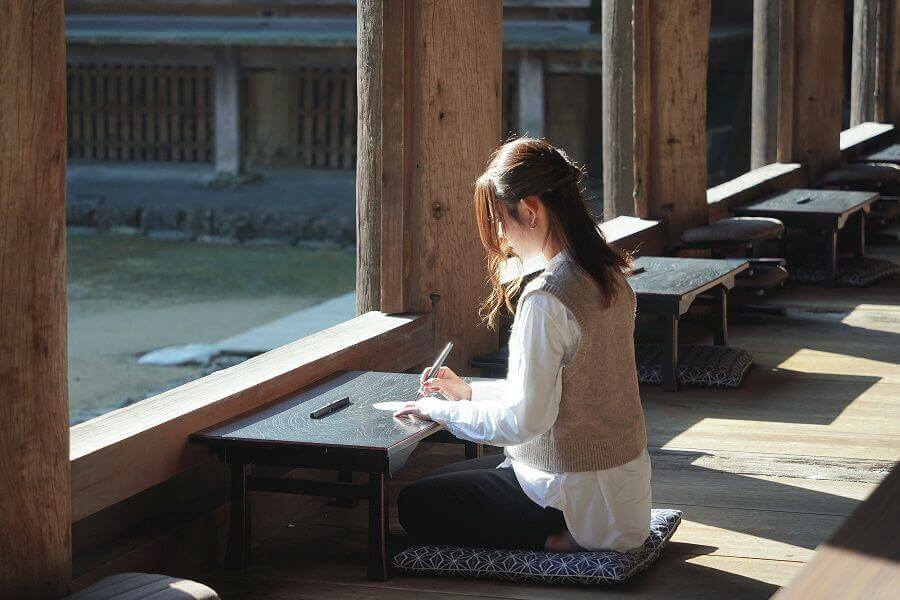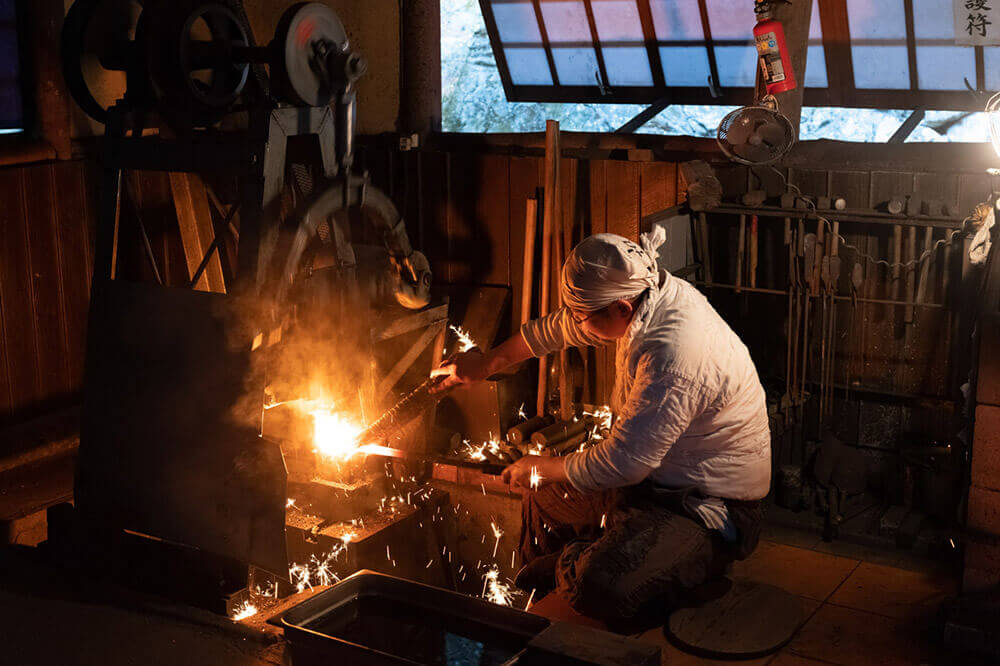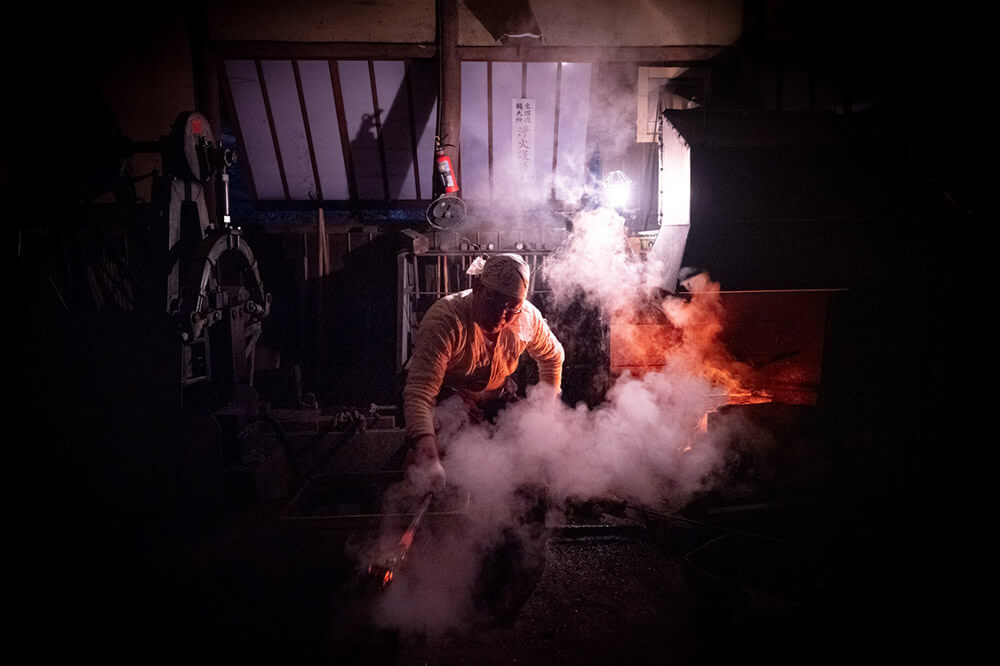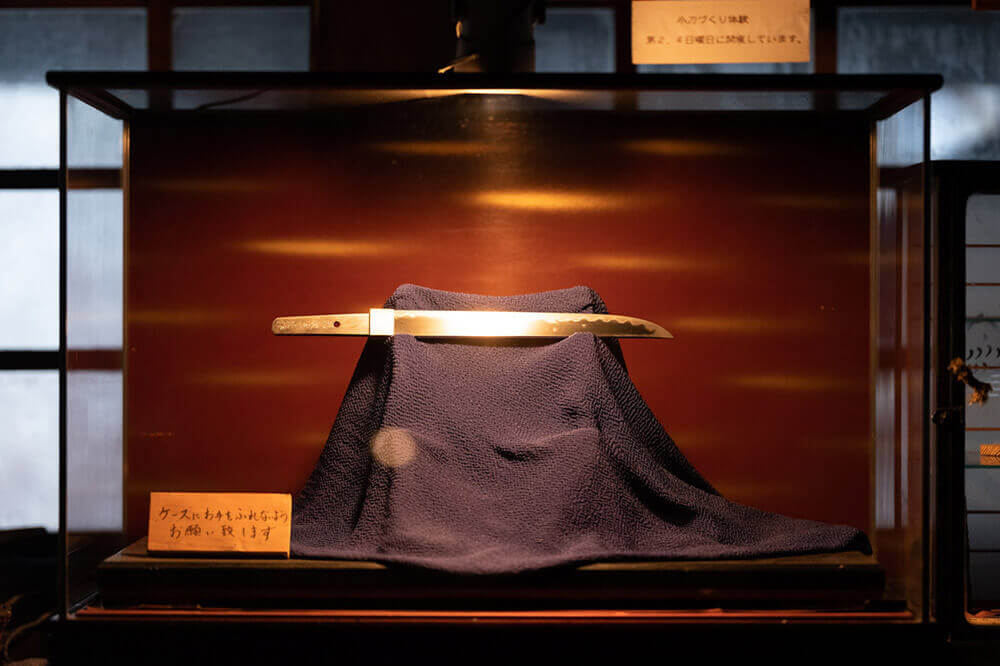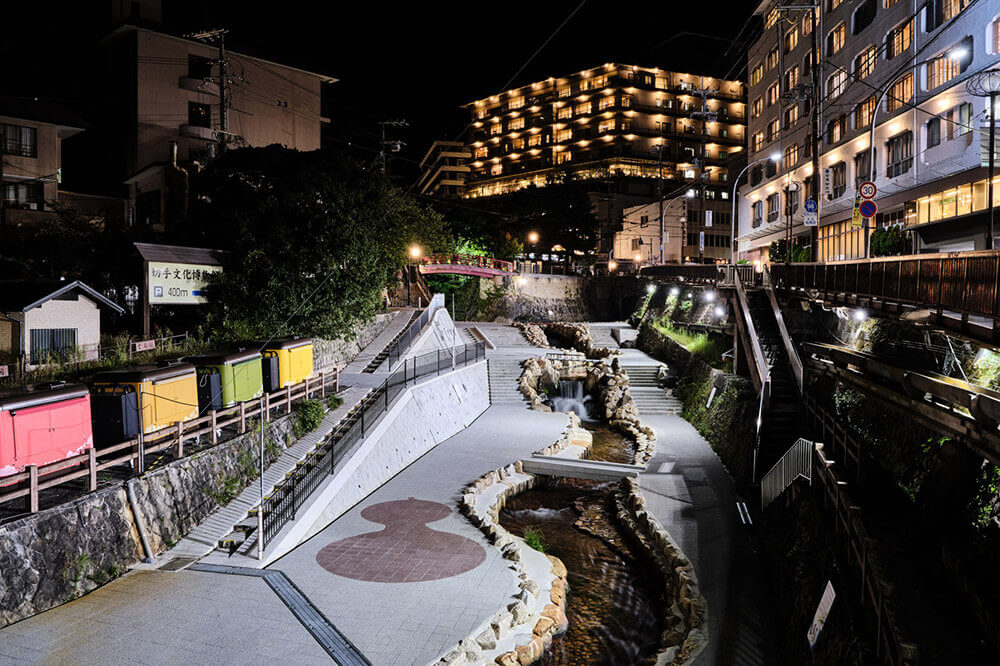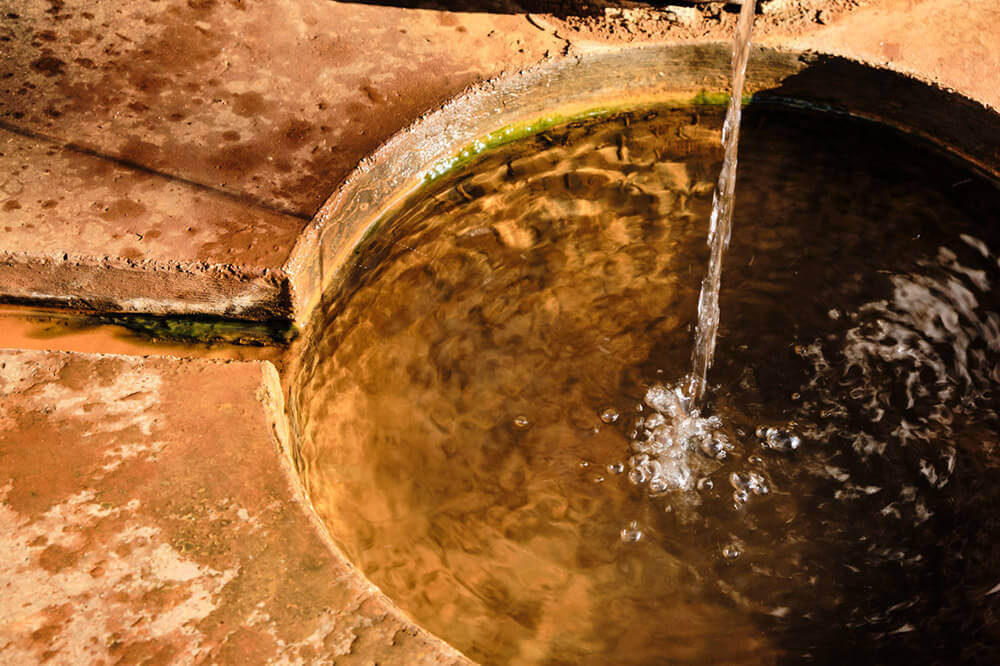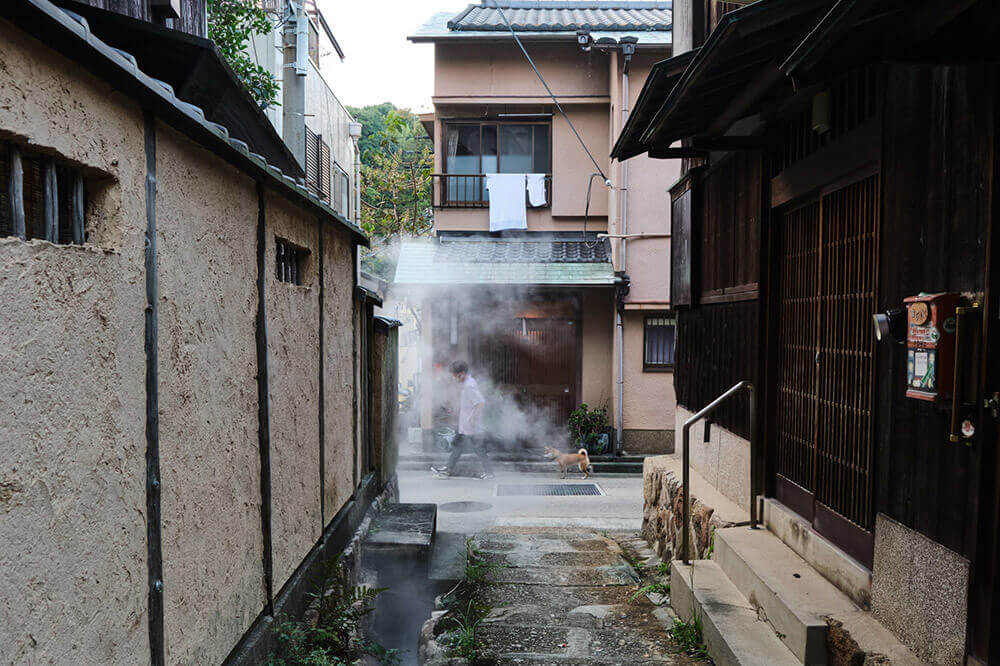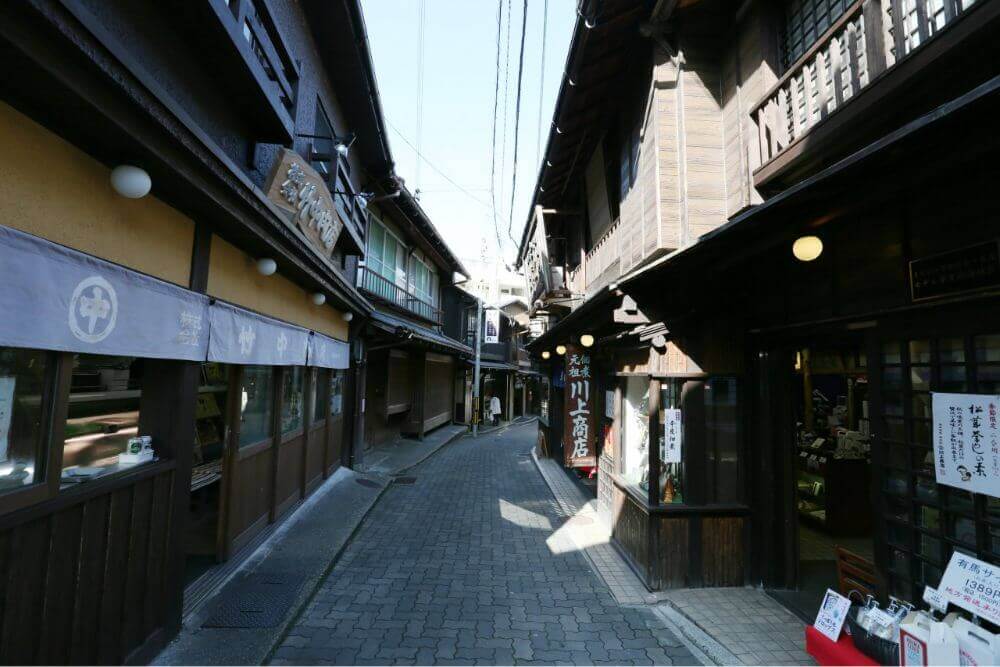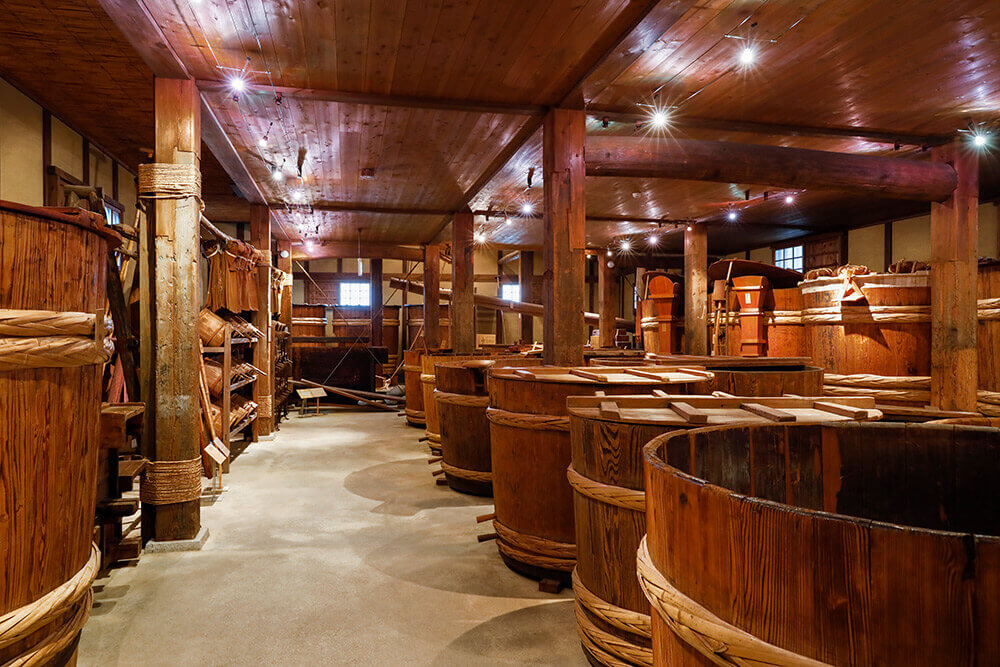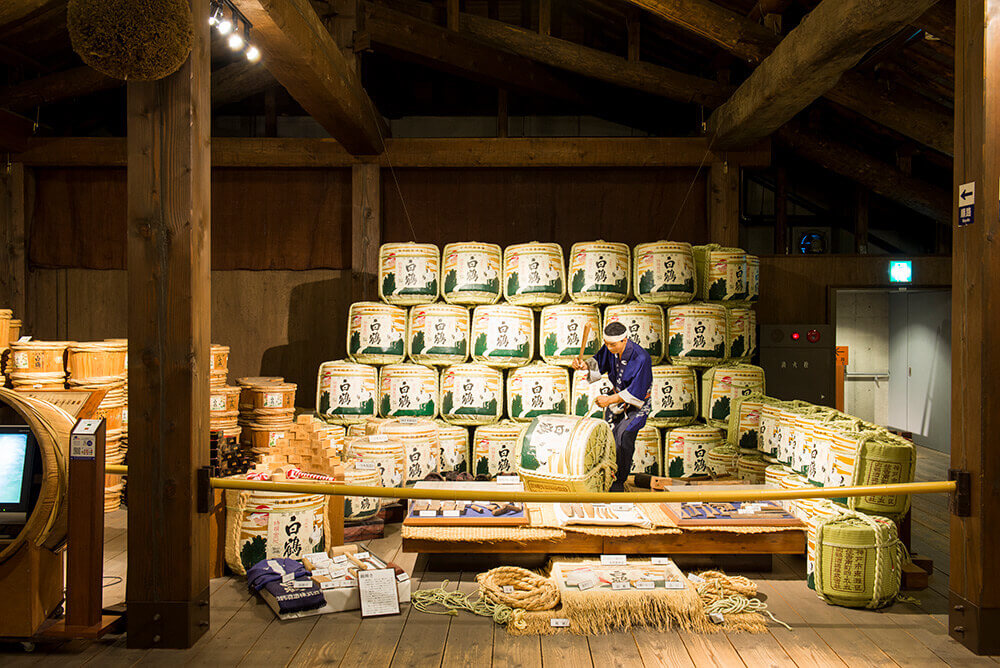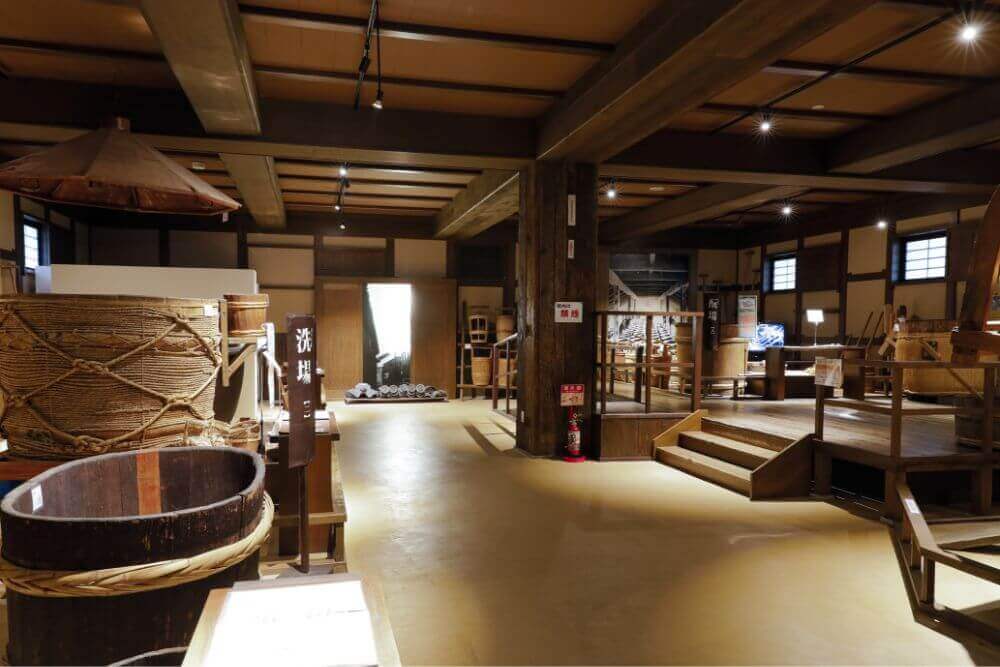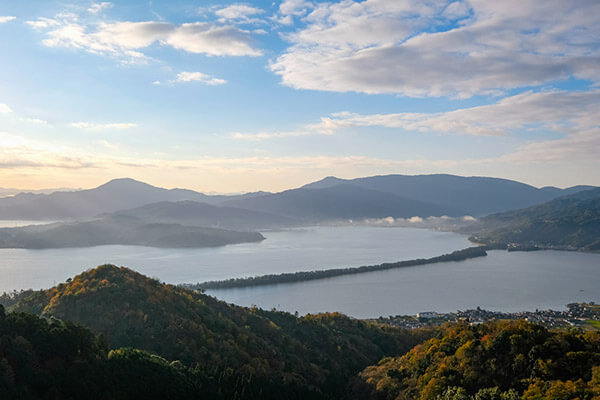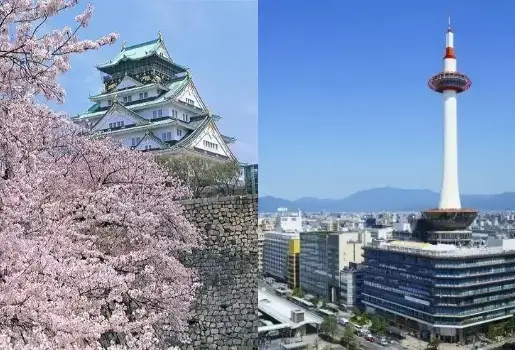HARIMA
Himeji Castle and Sea Road
Overview
The area of Harima faces directly onto the Seto Inland Sea, a critical sea route for Japan since ancient times. Here, it is still possible to sense a culture that remains deeply rooted in medieval Japan.
Harima is the starting point of a route leading to the former capital city of Kyoto. Midway along this route stands Himeji Castle, a key defensive military presence. This area retains a strong sense of the culture of the warring states period, as well as samurai culture. Visitors can encounter traditional swordsmiths, while further inland you will find onsen (hot springs), the remains of castles on the hills, as well as visit old temples and shrines. It is here that Miyamoto Musashi, said to have been Japan's most masterful swordsman, is believed to have practiced his "musha shugyo" (warrior pilgrimage), undertaken in order to improve his sword skills. The Engyoji is a mountain-top complex of temples with a history of more than a thousand years; it is a treasure trove of traditional Japanese architecture and design. Moving further east you will find Mt. Rokko and Arima Onsen. Renowned as one of Japan's so-called three ancient hot springs, Arima Onsen was once used by travelling monks, aristocrats, and samurais. To this day, the region between Harima and Kobe continues to play a vital role in transport and trade both domestically and internationally, and has incorporated diverse cultures as it has developed.
Recommended Spots
-
Himeji Castle is also known as the White Heron Castle, thanks to the beauty of its white-plastered walls. It was the first site in Japan to be inscribed on the UNESCO World Heritage List, alongside Nara’s Hōryūji. It is one of only 12 remaining original castles (castle towers) in Japan; the current castle tower was built in the early 17th century. The castle has been governed by such renowned military commanders as Toyotomi Hideyoshi and Ikeda Terumasa, and its charming cityscape still conveys a sense of the samurai culture from past times.Audio Guide
-
Shoshazan Engyoji, situated at the 371m peak of Mt. Shosha, is an ancient temple of the Tendai school of Buddhism, built in 966. It is considered to be one of Japan’s three famous Tendai sect Buddhist temples, alongside Enryakuji and Daisen-ji. From the cable car that leads up to the temple, you can enjoy views stretching as far as the Akashi Strait and the island of Shikoku. Nestled in the densely forested temple grounds are multiple precious temple buildings, which take around 2 hours to walk around.Audio Guide
-
Observe the skills of an authentic samurai sword smith, certified by the Agency for Cultural Affairs, at the Kikyo Hayamitsu Japanese Sword Factory in Rakan no Sato. Visitors here can experience making a small Samurai Knife. After shaping with a file, it is heated to 800 ° C and then quenched and polished. This is a unique experience utilizing authentic Japanese sword-making techniques. You can even take your handmade samurai knife home as checked baggage.Audio Guide
-
Arima Onsen is said to be one of Japan’s oldest onsen (hot spring) villages. It is mentioned in Nihon Shoki (the Chronicles of Japan), an early text setting out Japan’s creation story: it was apparently discovered by the ancient deities. There are seven natural hot spring sources in the village and the streets are always misty with steam. Arima Onsen has been a beloved therapeutic hot spring town for Kansai residents since times long past, and its streets are lined with historic ryokan (traditional inns). The village also offers public bathing facilities and a free public footbath, or “ashiyu”.Audio Guide
-
Nada Gogo is one of the preeminent areas of sake production in Japan. Since the heyday of traditional sake production, it has been considered a top-three area. Nada Gogo has the rare blessing of being equipped with all three elements key to incredible sake: great water, great rice, and great technique. The five areas that make up Nada Gogo (“Gogo” literally means “five villages”) are home to a plethora of sake breweries, including such nationwide favorites such as Kikumasamune, Hakutsuru, Ozeki, and Nihonsakari.Audio Guide
